There can be your advertisement
300x150
To Combine or Not to Combine? Important Details of Bathroom Redesign
Many of us live in houses where the bathroom is separate but nothing good can be said about it. Here in the toilet you bump your knees into the door, and in the bathtub you have to choose between the sink and the washing machine. The only rational solution in this case is to combine the toilet and bathtub into a combined bathroom, where two tiny rooms become one larger space. True, many believe that even combining won't allow you to increase the free space in the bathroom and fit all necessary items and things.
1. New Comfort and Benefits
In a spacious bathroom, in addition to a bathtub or jacuzzi, you can allow yourself a separate shower. I support this decision: in the shower you can quickly freshen up, stand under a tropical shower or waterfall, and a bathtub is suitable for relaxing in foam and sea salt. However, it's better to give up the shower curtain in the bathtub for aesthetics. Splashes on the floor are perfectly handled by a warm floor.
A combined bathroom offers an opportunity to install a hydro-massage bathtub of desired size. If you already have a spacious bathroom, you can place a toilet there and use the toilet room for storing things, thus freeing up space for a jacuzzi.
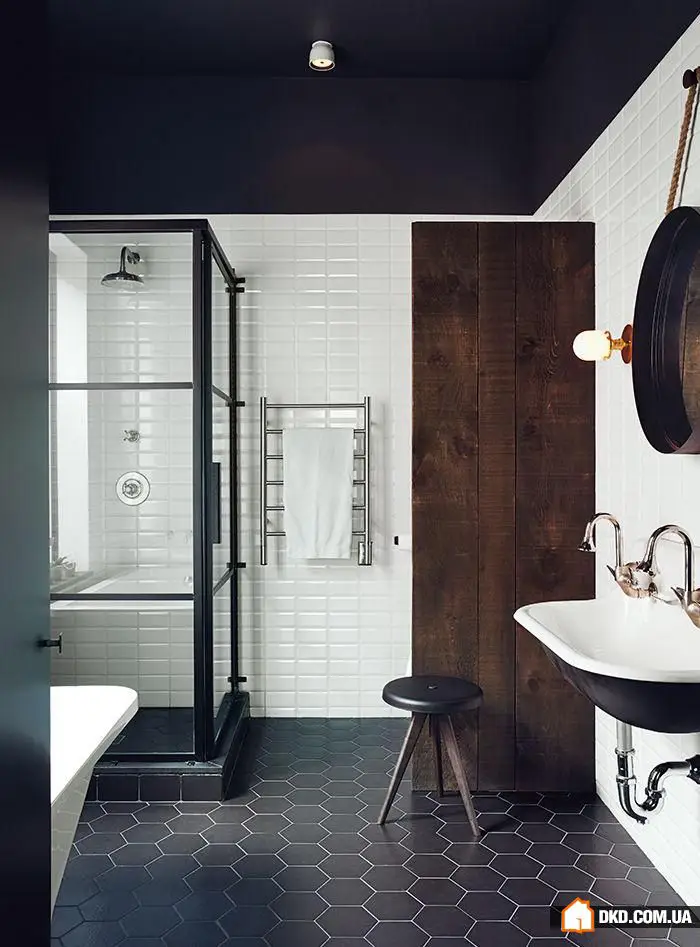
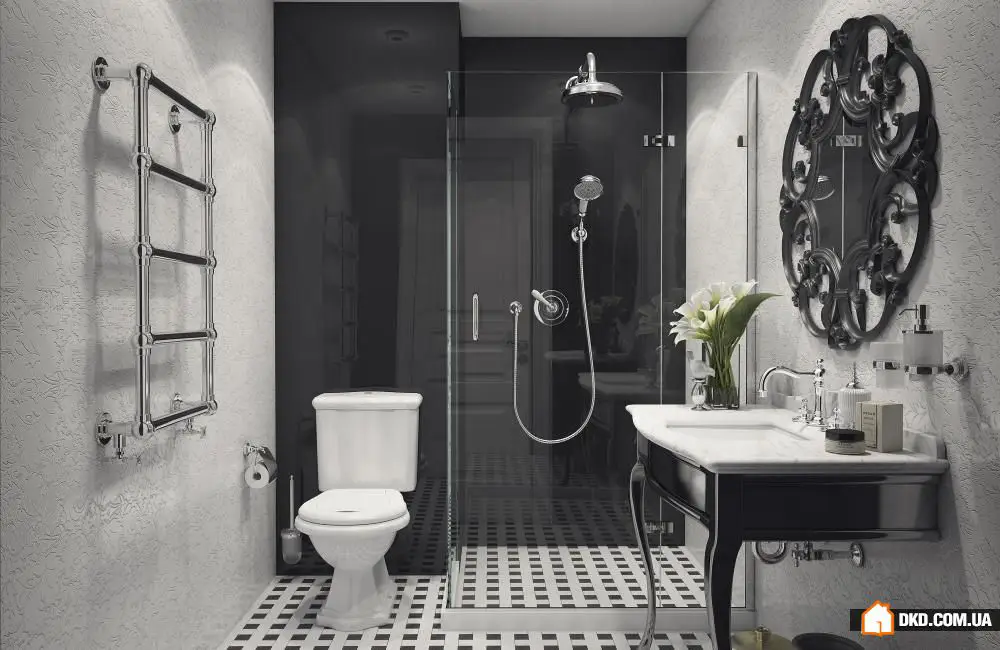
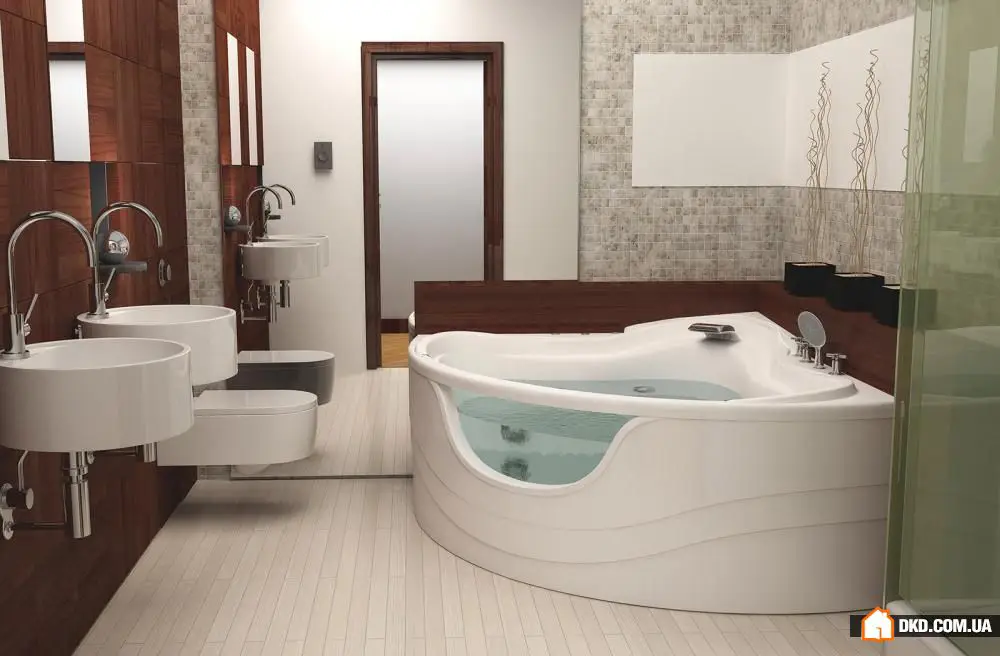
2. Space for the Washing Machine
Make sure it does not end up under the sink. This solution is unattractive and not very practical – you'll have to buy a narrow machine with small loading capacity or a special flat sink.
If possible, it's better to move the laundry appliances to a separate room. Just take one square meter from the corridor, and you'll have space for a washing and drying machine. You can also place a laundry basket, an ironing board, and household chemicals there.
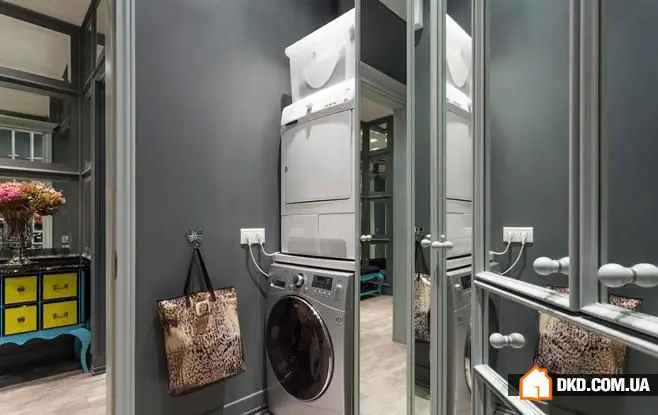
3. Conditional Boundaries
A combined bathroom is indeed a convenient solution because you don't have to make extra movements or move from one room to another. If you want to use the benefits of a shared space but don't want to give up the advantages of a separate bathroom, leave a narrow partition between the bathtub and the toilet.
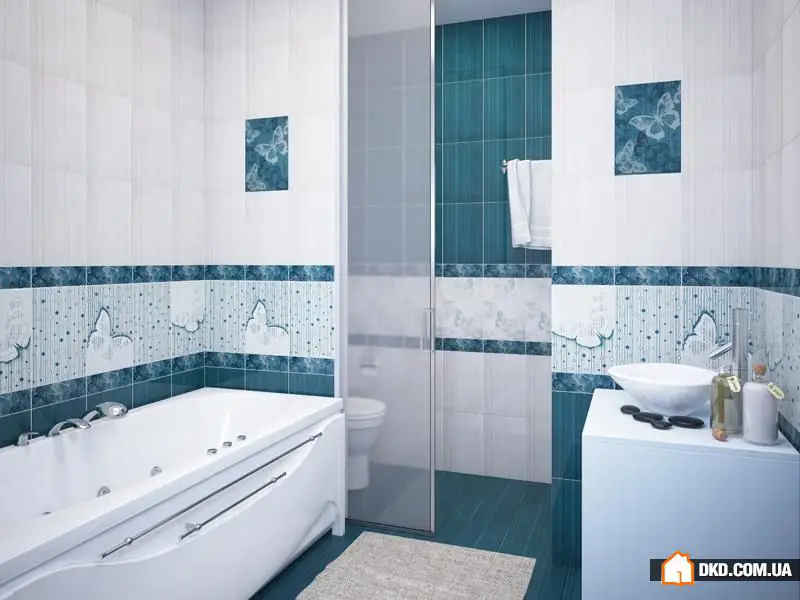
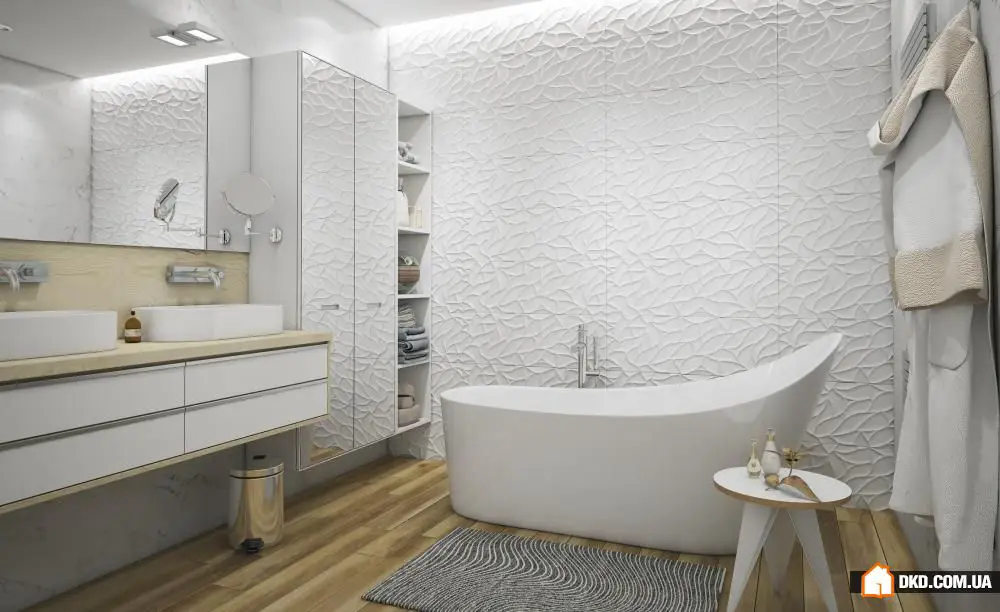
4. Everything in Its Place
There is never too much storage space. Combining the bathroom will allow you to rationally arrange everything you need. However, you must think carefully about how to hide a year's supply of cleaning supplies and paper towels from view. For these purposes, I recommend using narrow cabinets, wall niches, vertical racks, corner shelves, and shelves above or under the bathtub.
A wide vanity unit is an excellent place for a laundry basket and sliding containers. To level height differences between floor-standing appliances and furniture, order a countertop with a cutout for the sink made from acrylic or marble that will hide nearby equipment.
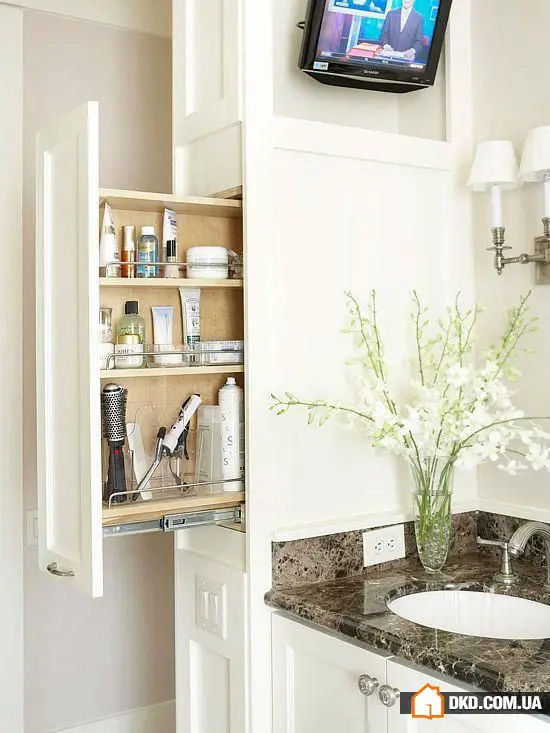
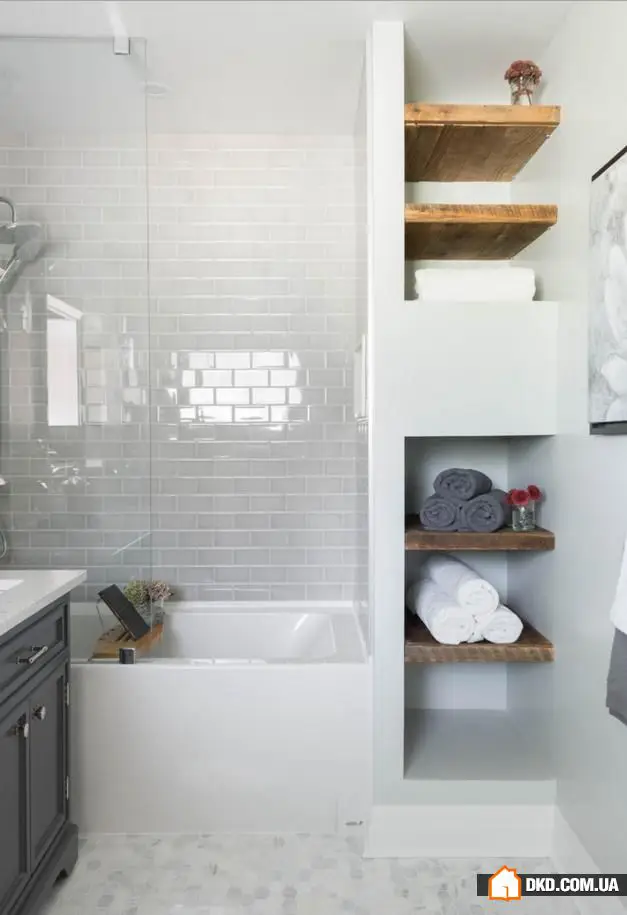
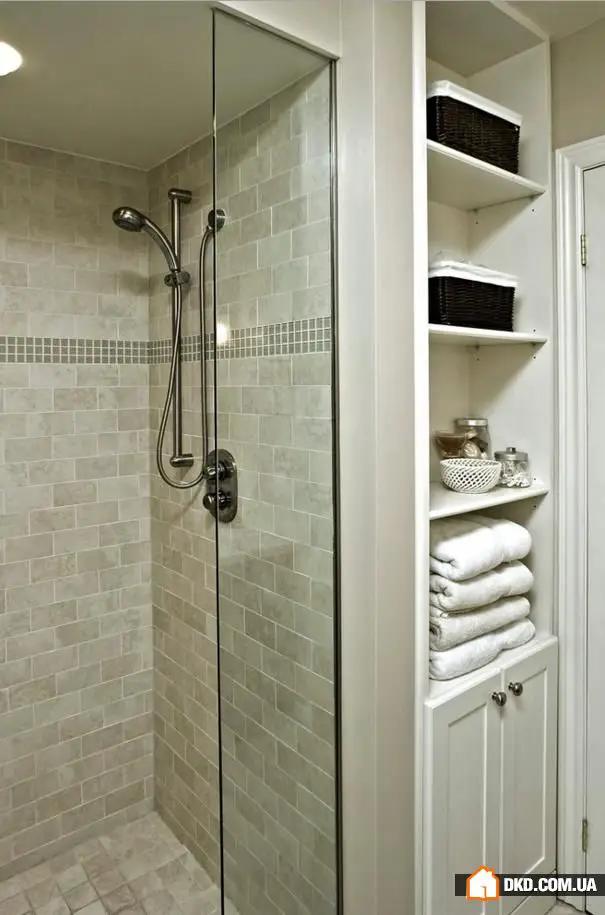
5. Comfortable Details
A combined bathroom allows placing a urinal or bidet in the bathroom. The first one is relevant in families with many men. It's very hygienic and convenient.
A bidet makes sense to install in bathrooms with an area of at least eight square meters. In more cramped conditions, you can get by with a hygienic shower that is also useful for small household needs: for example, to fill a tub or bucket with water. A shower like this should be connected to hot water and have a thermostat for convenience.
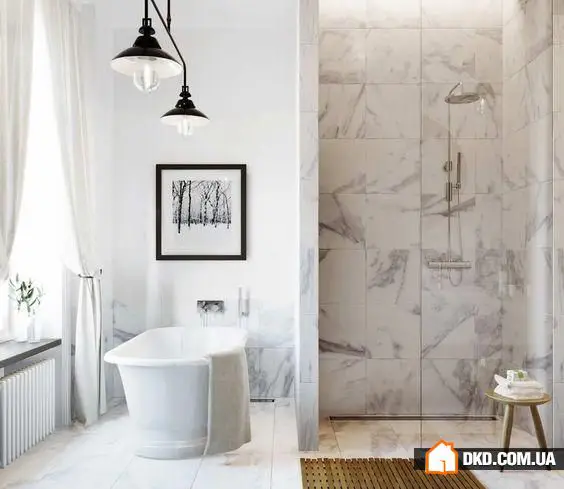
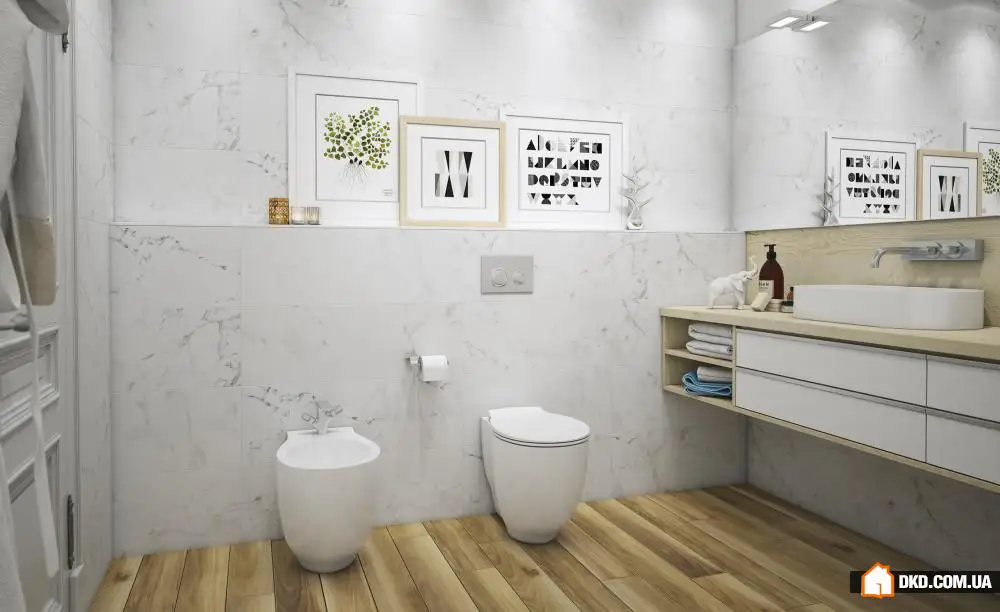
6. The Myth of the Built-in Tank
Claims about the compactness of toilets with built-in tanks are nothing more than a myth. In reality, a wall-mounted model takes up as much space as a regular toilet, so the choice between them is purely a matter of taste and aesthetics. You won't save space by hiding the flush tank: it still needs to be somewhere, even if it's hidden behind a wall.
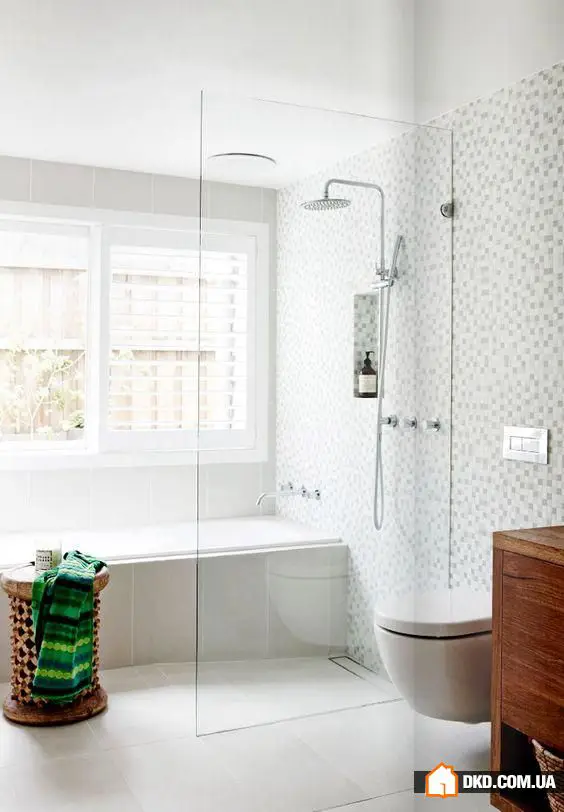
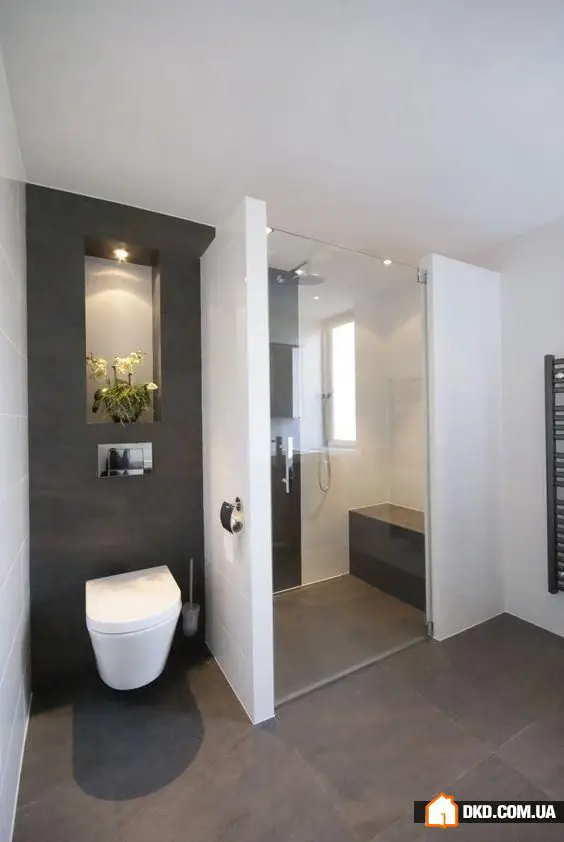
7. Legal Issues
All capital renovations you carry out in your apartment must be coordinated with the relevant authorities. Unauthorized reconfigurations hinder selling the apartment or obtaining a mortgage loan.
Luckily, combining the bathroom and expanding it at the expense of the corridor, closet, or built-in cabinet is not so difficult to get approved. However, expanding the bathroom at the expense of the kitchen or living room is most likely prohibited. Such reconfiguration is extremely rare.
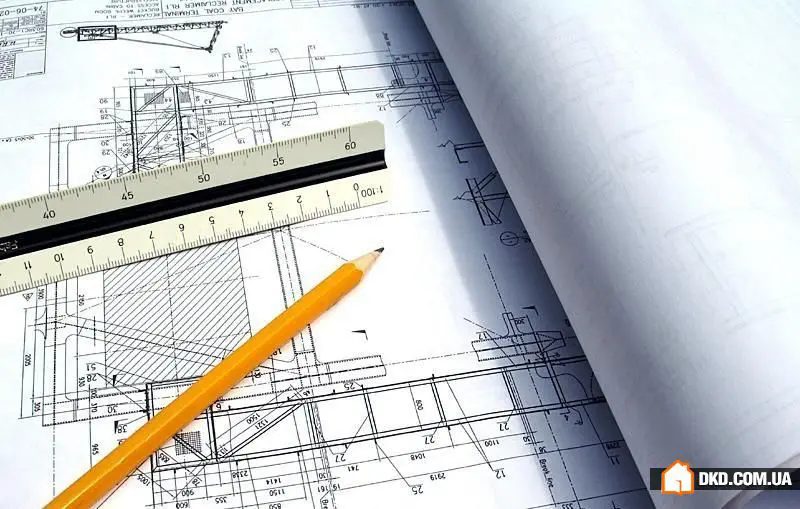
More articles:
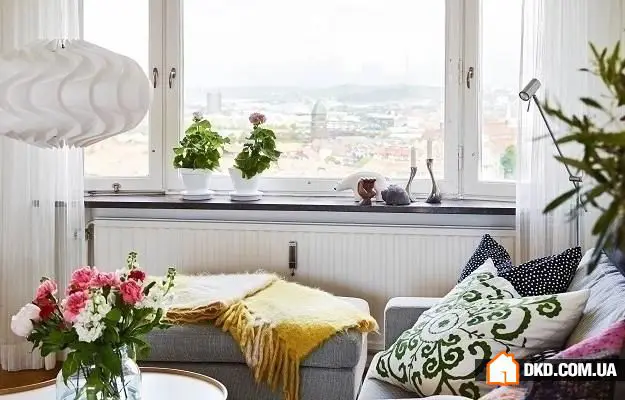 How to Quickly Tidy Up Your Home: 15 Budget Ideas
How to Quickly Tidy Up Your Home: 15 Budget Ideas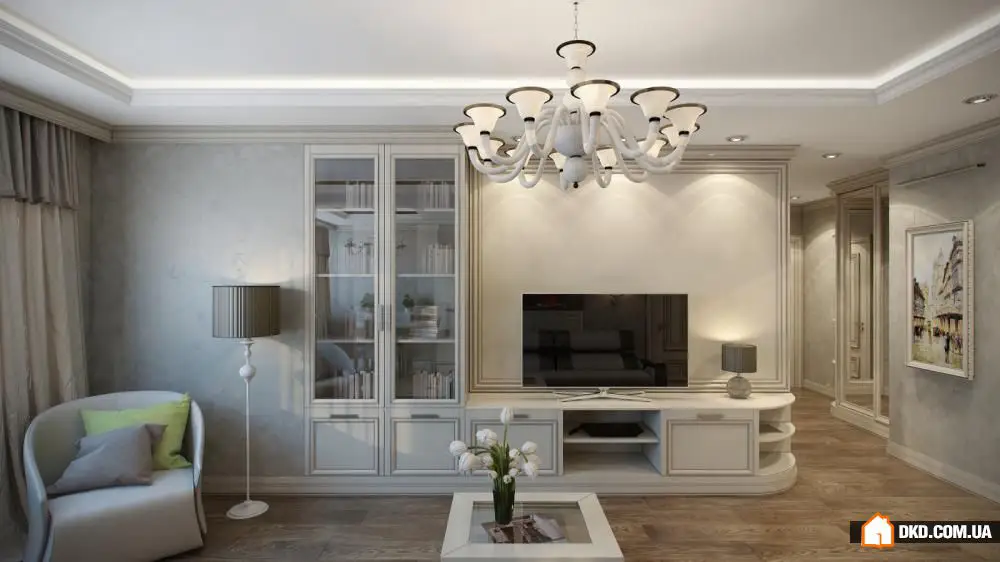 Pros and Cons: Photo Wallpapers in Interior Design
Pros and Cons: Photo Wallpapers in Interior Design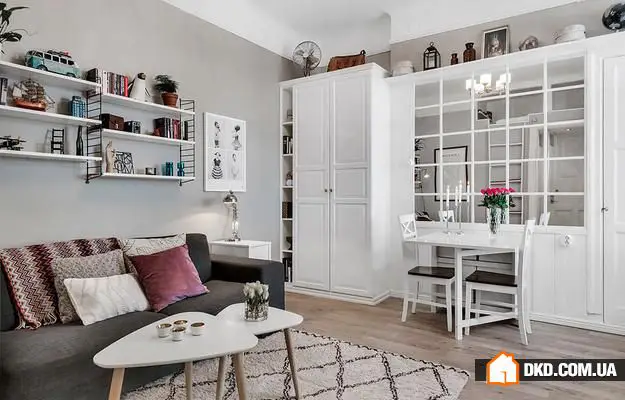 If You Have a Small Apartment: 9 Practical Tips for Organization
If You Have a Small Apartment: 9 Practical Tips for Organization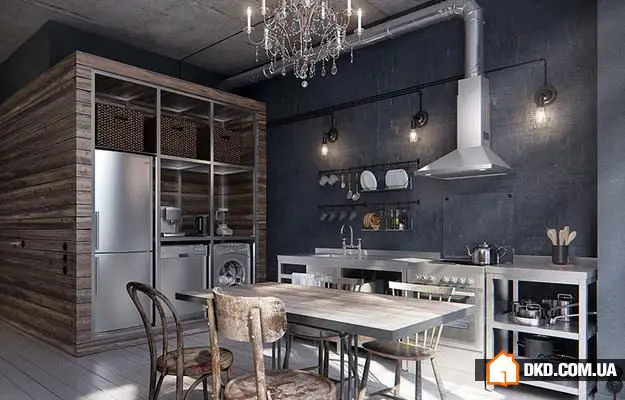 Does Not Rust: How and Why to Use Metal in the Apartment
Does Not Rust: How and Why to Use Metal in the Apartment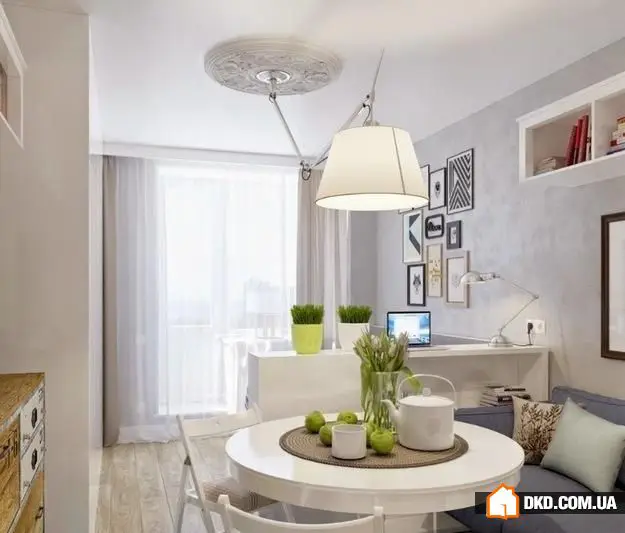 How to Zone a Small Apartment Using Lighting: 8 Ways
How to Zone a Small Apartment Using Lighting: 8 Ways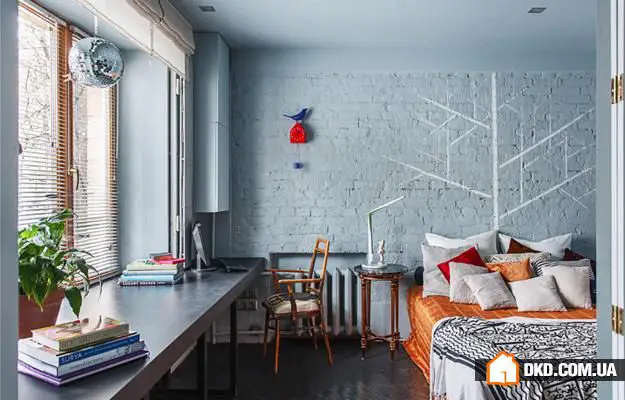 Where Designers and Architects Live: 10 Classy Professional Apartments
Where Designers and Architects Live: 10 Classy Professional Apartments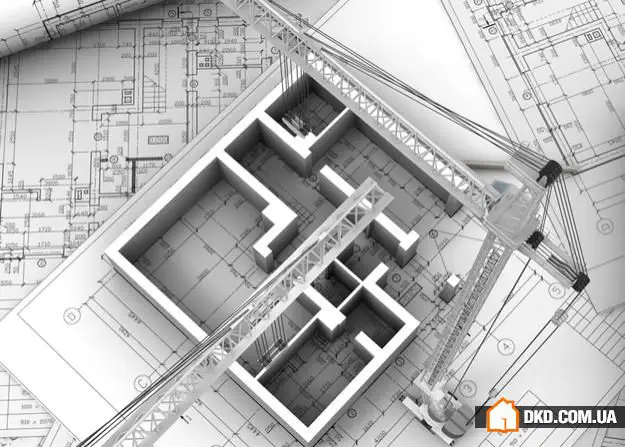 How to Repair the Kitchen Without Going into Debt: 9 Useful Tips
How to Repair the Kitchen Without Going into Debt: 9 Useful Tips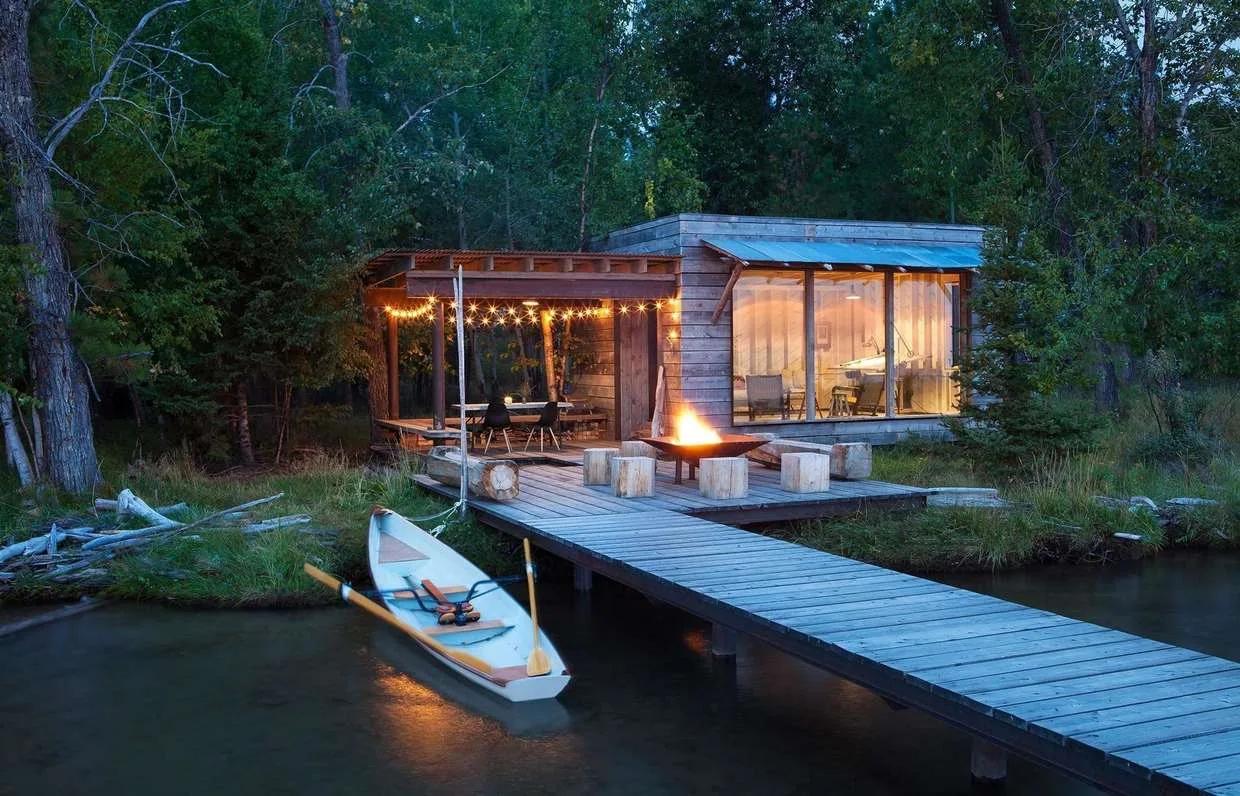 Summer Season Garden: How to Furnish a Wooden Cabin with a Summer Terrace
Summer Season Garden: How to Furnish a Wooden Cabin with a Summer Terrace